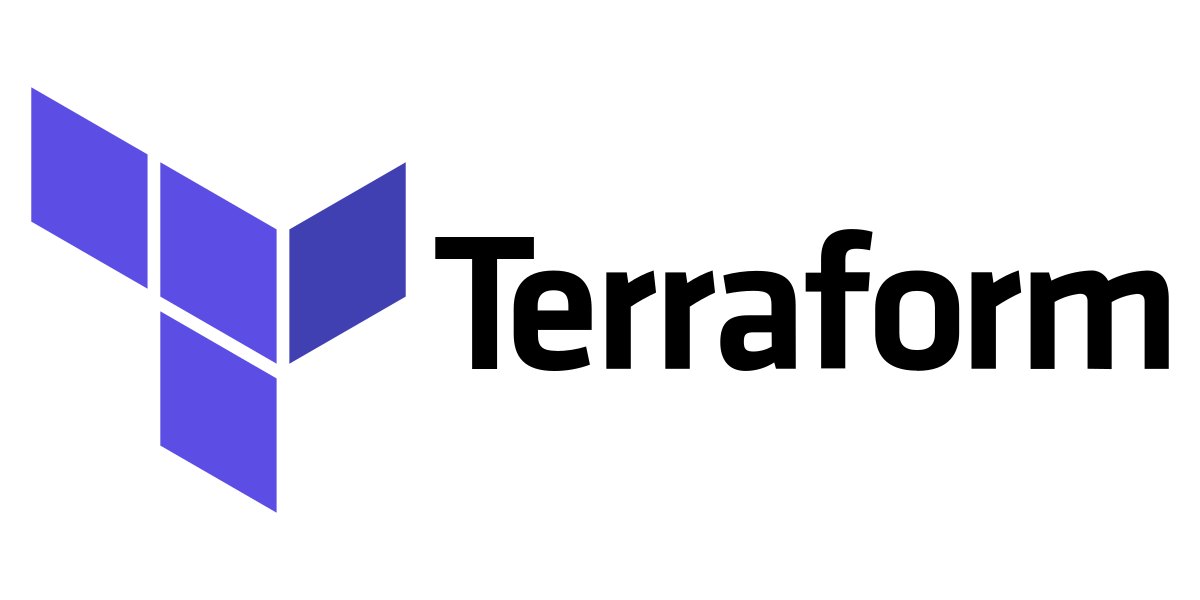Terraform, developed by HashiCorp, is a powerful open-source tool for defining and provisioning infrastructure as code (IaC). With Terraform, you can manage and automate the deployment of cloud resources using a declarative configuration language. In this guide, we’ll get started with Terraform, showing you how to define infrastructure resources and automate their provisioning with ease.
Prerequisites
- Terraform installed on your local machine.
- An account on a cloud provider such as AWS, Azure, or Google Cloud.
Step 1: Setting up Terraform
1.1 Installation
- Download and install Terraform from the official website.
- Make sure the
terraformbinary is in your system’sPATH.
1.2 Verify Installation
Open a terminal or command prompt and run:
terraform --versionYou should see the Terraform version printed to the console, indicating a successful installation.
Step 2: Create a Simple Terraform Configuration
2.1 Create a Working Directory
Create a new directory for your Terraform configuration:
mkdir terraform-example
cd terraform-example2.2 Initialize Terraform
Initialize a new Terraform configuration:
terraform initThis will create a .terraform directory with necessary plugins and files.
2.3 Create a Terraform Configuration File
Create a new file named main.tf in your working directory:
# main.tf
provider "aws" {
region = "us-east-1"
}
resource "aws_instance" "example" {
ami = "ami-0c55b159cbfafe1f0"
instance_type = "t2.micro"
}In this configuration:
- We’ve specified that we are using the AWS provider in the
providerblock. - Defined an AWS EC2 instance using the
aws_instanceresource block. - We specify the AMI (Amazon Machine Image) and instance type.
Step 3: Plan and Apply the Terraform Configuration
3.1 Plan
Before making any changes to your infrastructure, it’s a good practice to run a Terraform plan to see what changes will be applied:
terraform planThis will show you the execution plan, including what actions Terraform will take.
3.2 Apply
Once you’re satisfied with the plan, you can apply the changes:
terraform applyTerraform will prompt you to confirm the action. Type yes and press Enter.
3.3 View Outputs
After the apply is complete, Terraform will output the public IP address of the newly created instance.
Step 4: Verify in AWS Console
4.1 Log into AWS Console
- Log into your AWS Console.
- Navigate to the EC2 dashboard.
4.2 Verify Instance
You should see a new EC2 instance created by Terraform.
4.3 Clean Up
To avoid incurring charges, it’s a good practice to clean up resources when you’re done. Run:
terraform destroyTerraform will again prompt you to confirm the action. Type yes and press Enter.
Conclusion
This simple example demonstrates how Terraform allows you to define infrastructure in code and manage it efficiently. Terraform’s power lies in its ability to manage complex infrastructures across multiple providers with ease. As you become more familiar with Terraform, you can explore advanced features such as modules, variables, and remote state management. Refer to the official Terraform documentation for more in-depth guides and examples.

